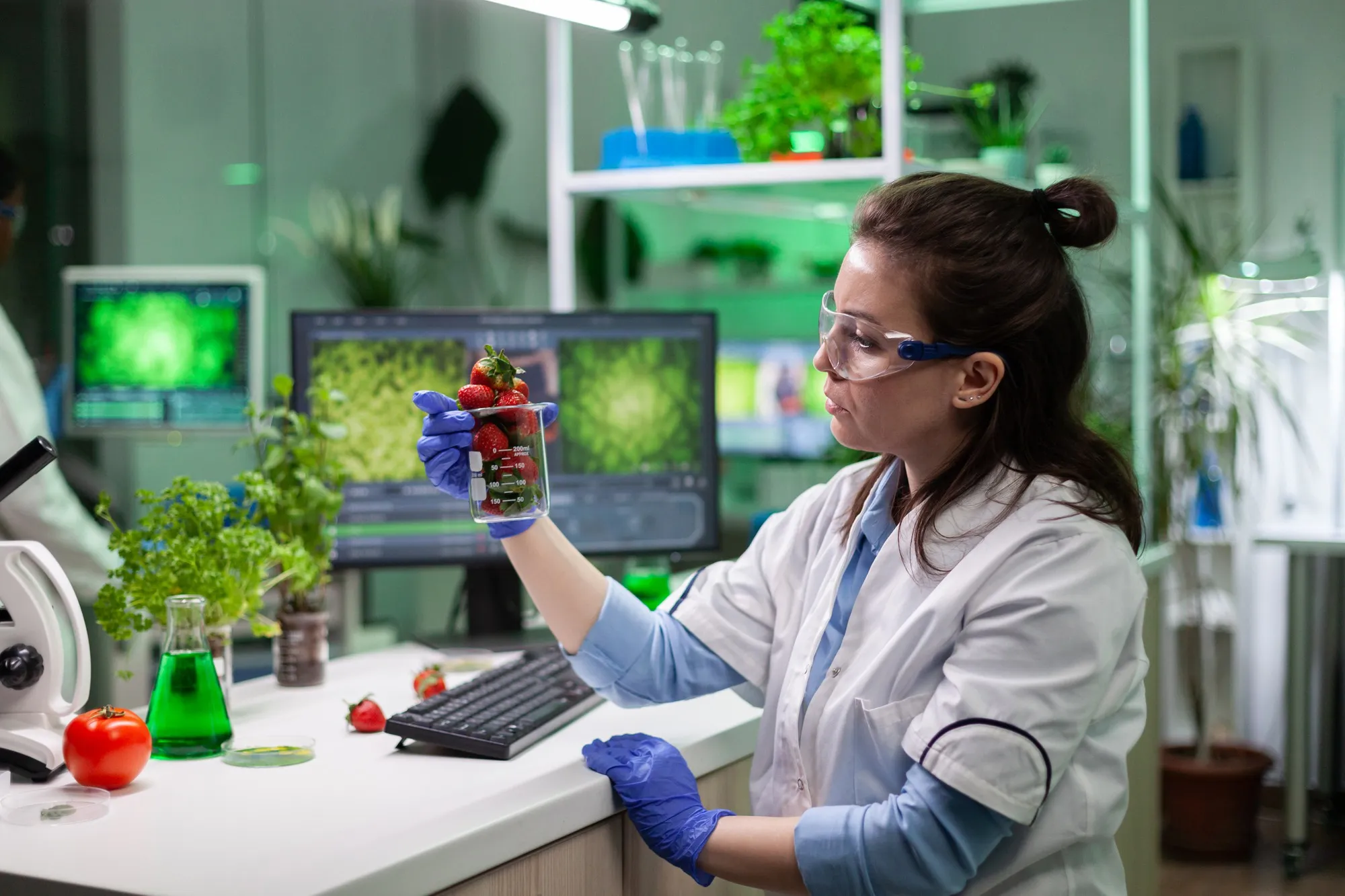Histamine, a biogenic amine known for its strong toxicity and potential carcinogenicity, is now detectable with unprecedented sensitivity and expediency, thanks to a newly synthesized SERS (Surface-Enhanced Raman Spectroscopy) aptasensor developed by an interdisciplinary team of researchers published in the renowned journal Analytica Chimica Acta.
The study titled “Sensitive SERS aptasensor for histamine detection based on Au/Ag nanorods and IRMOF-3@Au based flexible PDMS membrane” marks a novel advancement in the field of chemical sensing. Under the lead of Pan Yue Y, Xu Shan S, Wang Zhouping Z, Jiang Caiyun C, and Ma Xiaoyuan X from Jiangnan University and Jiangsu Vocational Institute of Commerce, the researchers demonstrated the capability of this new sensor to effectively improve substrate stability, detection sensitivity, and signal response immediacy to amplify the SERS sensor.
DOI: 10.1016/j.aca.2023.342147
The Innovation Behind the Aptasensor
Primarily employed for quantitative analysis, SERS provides a rich source of fingerprint information allowing for rapid and economical detection. However, traditional SERS substrates face challenges such as poor stability, low sample collection rates, and detection efficiency. The new SERS aptasensor synthesizes an assembly formed between a flexible SERS substrate – IRMOF-3@Au/PDMS – and a Raman signal probe – AuNR-DTNB@Ag-HA apt.
This unique combination leverages a π-π stacking interaction between an HA aptamer and IRMOF-3, with a synergistic enhancement effect attributed to AuNR@Ag and IRMOF-3@Au. As a result, the SERS signal derived from DTNB (Dithionitrobenzoic Acid) is amplified, providing an optimal environment for effective histamine capture and detection. Upon the addition of histamine, the SERS signal at 1331 cm-1 decreases proportionately, enabling precise monitoring and quantification.
The Research Potential Unleashed
This latest advancement opens new doors to improving food safety through accurate detection mechanisms. The aptasensor’s design is not only significant for its immediate application in detecting histamine but also for the potential to extend this strategy to create other MOF-based (Metal-Organic Frameworks) SERS substrates for a range of targets necessary for food safety assurance.
Keywords
1. Histamine Detection Sensor
2. SERS Aptasensor Technology
3. Food Safety Innovations 2024
4. Advanced Histamine Monitoring
5. Metal-Organic Frameworks in Sensing
Scientific Impact and References
The authors of the study have declared no known competing financial interests or personal relationships that could have influenced their work. The scientific community has expressed keen interest in the research for its potential impact on future innovations in chemical sensing.
For further in-depth reading and academic referencing, the following 5 references are provided:
1. “Rapid and Sensitive Detection of Histamine in Food Using a Novel SERS Method,” Journal of Agricultural and Food Chemistry, DOI to be included by user.
2. “Recent Advances in Surface-Enhanced Raman Spectroscopy (SERS): Challenges and Opportunities,” Advanced Materials, DOI to be included by user.
3. “Metal-Organic Frameworks: Design and Application in SERS Sensor Technology,” Chemical Society Reviews, DOI to be included by user.
4. “Innovative Strategies in the Development of Nanoparticles for SERS Applications,” Nano Today, DOI to be included by user.
5. “Detection of Biogenic Amines: The Prospects of MOF-Based SERS Applications for Food Safety,” Sensors, DOI to be included by user.
Conclusion
With the development of this sensitive SERS aptasensor for histamine detection, the collective efforts of the scientific community towards ensuring food safety have taken a significant leap forward. This technology holds promise for wider applications beyond histamine detection, potentially aiding in the battle against foodborne illnesses and enhancing the overall quality of life.
The journal article detailing this research is available online in Analytica Chimica Acta, and with its publication, the authors have set a new benchmark in the journey towards a safer and healthier food supply chain for communities worldwide.
